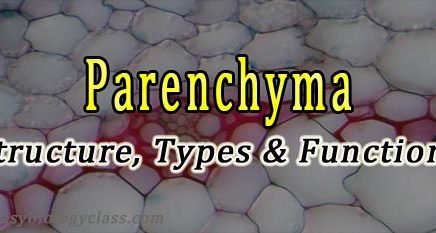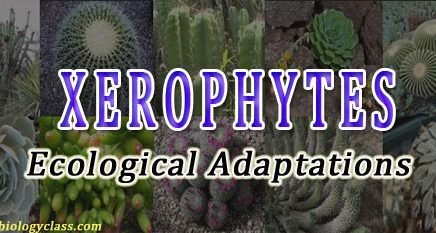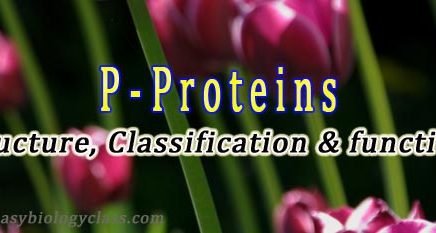
Host Selective and Non-Host Selective Toxins in Host Parasite Interactions
Role of Toxins in Plant Pathogenesis : The process of pathogenesis (the onset of diseased condition) in plants is facilitated by many factors such as […]

Role of Toxins in Plant Pathogenesis : The process of pathogenesis (the onset of diseased condition) in plants is facilitated by many factors such as […]

Kerala PSC Botany Lecturer / Assistant Professor Model Question Paper 2017 Part 3/3 Kerala PSC Botany Lecturer Exam: Model/Sample Question Paper of Kerala PSC Botany […]

Kerala PSC Botany Lecturer / Assistant Professor Model Question Paper 2017 (Set 2/3) Botany Lecturer Recruitment Test: Model/Sample Question Paper of Kerala PSC Botany Lecturer/Assistant […]

Kerala PSC Botany Lecturer / Assistant Professor Model Question Paper 2017 Botany Assistant Professor Recruitment Test by PSC: Model/Sample Question Paper of Kerala PSC Botany […]

Sclerenchyma is a simple permanent tissue in plants. Sclerenchymatous cells are dead at their maturity. Cells do not have protoplast when they completely developed. They […]

Collenchyma is a simple permanent tissue in plants. They are living cells with prominent nucleus and all the cell organelles. Each collenchymatous cell is with […]

The tissue (a group of cells with particular function) composed of single type of cells. Three types of simple tissue system in plants, namely (1). Parenchyma, […]

What are xerophytes? Ø Xerophytes (xerophytic plants) are plants growing in dry habitats (xeric conditions) where the availability of water is very less. Xeric habitat […]

P Proteins (Phloem Proteins) are a category of proteins found in the sap of the sieve tubes of the phloem of Angiospermic plants. P-proteins were […]